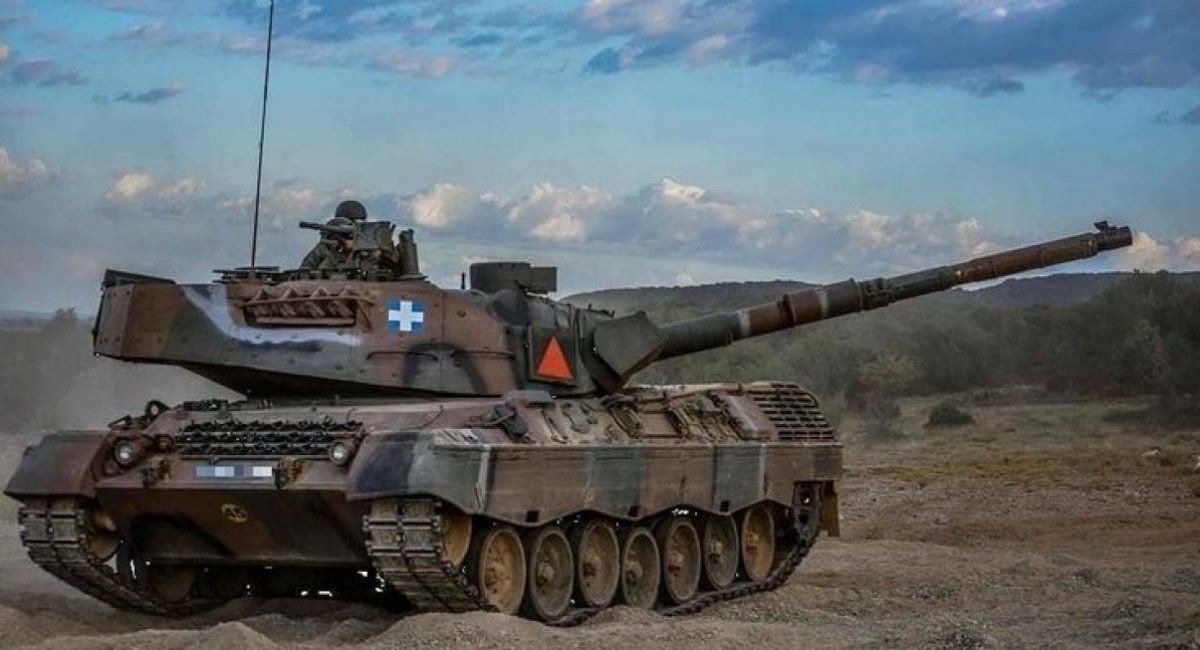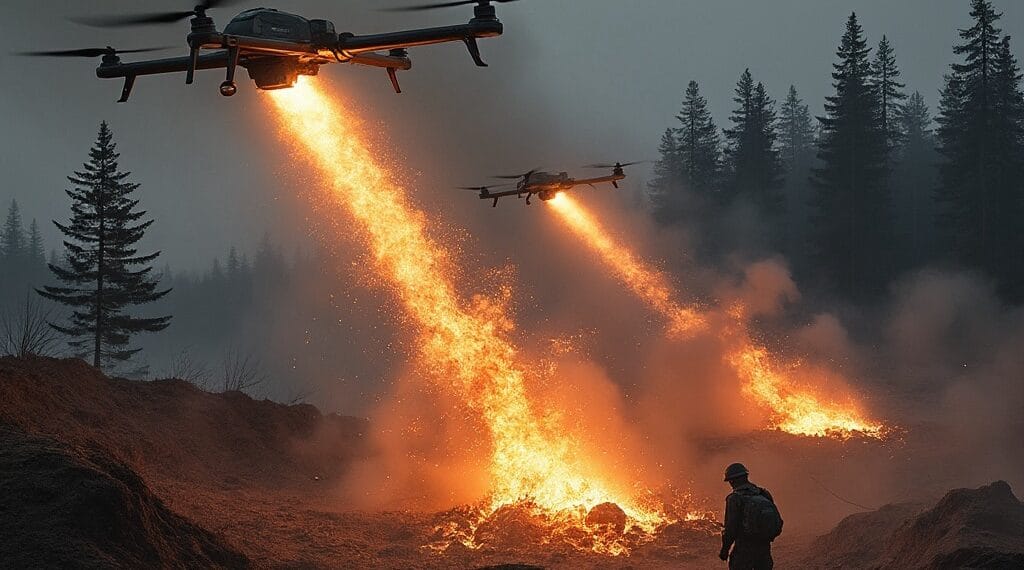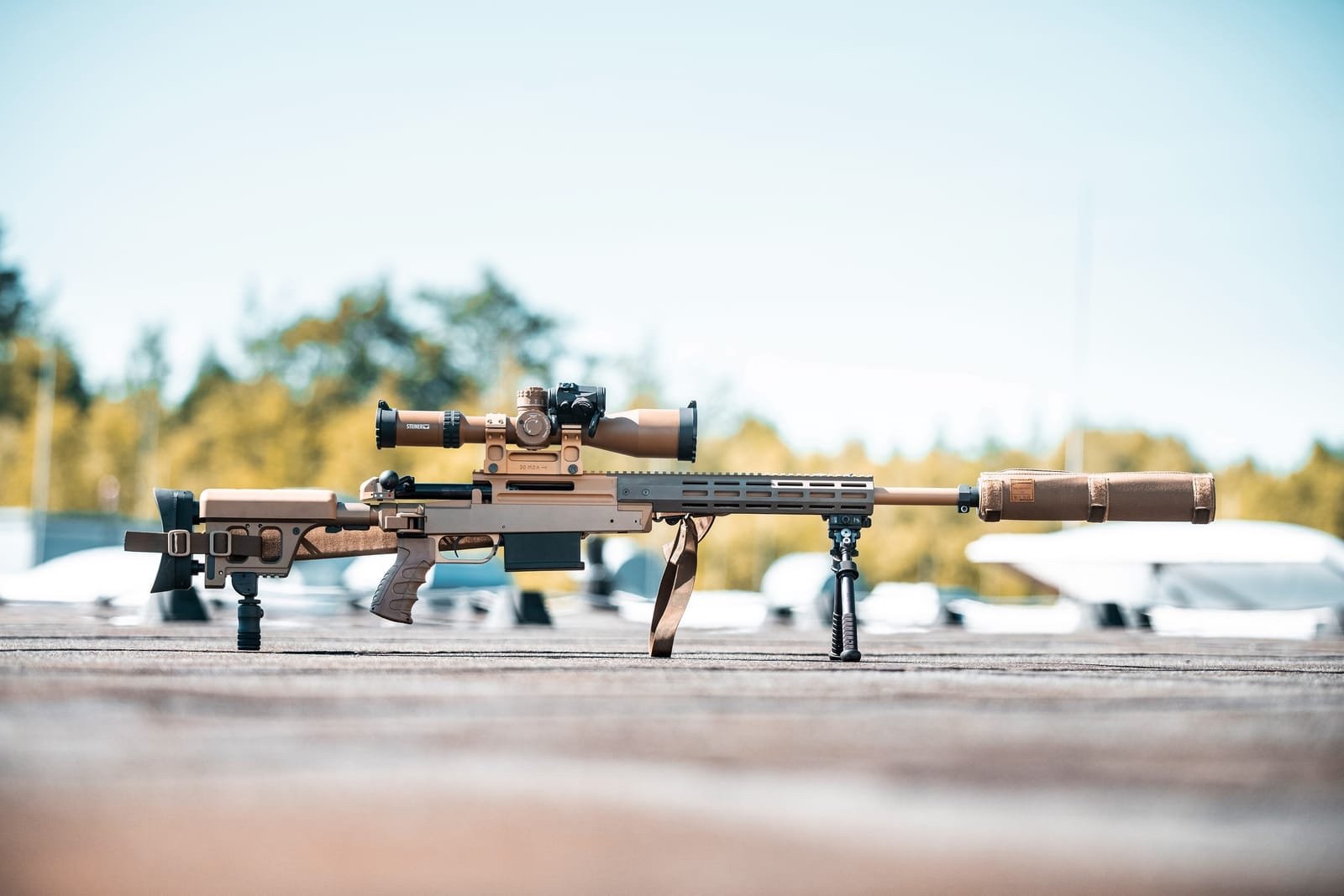In a significant boost to its military capabilities, Ukraine is set to receive nearly 200 Leopard 1A5 tanks from a German-Danish-Dutch consortium and Denmark. This influx of Western-style tanks, which are outnumbered only by Ukraine’s T-64s and T-72 models, marks a pivotal moment in Ukraine’s ongoing conflict. However, with this upgrade comes the need for revised tactics to maximize the potential of these tanks.

Background
The Arrival of Leopard 1A5s
The first batch of Leopard 1A5 tanks, a lightweight model from the 1980s, has already arrived in Ukraine, with more to follow. These tanks will form a critical part of Ukraine’s armored forces, offering an advantage in accuracy, range, and speed. Given the challenges faced with Leopard 2 tanks, where at least 13 out of 85 have been lost, the arrival of Leopard 1A5s is timely.
Leopard 1A5 Tanks – Key Specifications
Fire-Control System (FCS)
• Model: EMES-18, similar to the one used in the Leopard 2.
• Capabilities: Advanced laser rangefinder, thermal imaging, and a ballistic computer for precise targeting.
• Functionality: Enables rapid target acquisition and engagement, even on the move.
Armament
• Main Gun: The same Royal Ordnance L7 105mm rifled gun as earlier models, known for its accuracy and reliability.
• Secondary Armament: A 7.62 mm coaxial machine gun and a 7.62 mm anti-aircraft machine gun.
Armor
• Composition: The Leopard 1A5 incorporated additional armor modules, especially on the turret, providing enhanced protection.
• Configuration: Modular armor design allows for easier upgrades and repairs.
Mobility
• Engine: Retains the MTU MB 838 Ca M500 multi-fuel engine, delivering 830 horsepower.
• Speed: Maximum speed remains at around 65 km/h, balancing power and maneuverability.
• Range: Operational range of about 600 kilometers, suitable for extended missions.
Electronics and Communications
• Enhancements: Improved communications and electronic systems for better coordination and battlefield awareness.
• Night Fighting Capabilities: Enhanced with better night vision equipment, ensuring operational effectiveness in low-light conditions.
Crew and Ergonomics
• Crew: Maintained as a four-person crew: commander, gunner, loader, and driver.
• Crew Comfort: Upgrades in crew compartment for better ergonomics and efficiency.
Operational Role and Impact
The Leopard 1A5, with its advanced targeting system, improved armor, and enhanced night-fighting capabilities, represented a significant upgrade over its predecessors. It maintained the mobility and reliability of the Leopard 1 series while bringing its combat effectiveness in line with more modern tank designs. This made the Leopard 1A5 a formidable main battle tank, suitable for various combat scenarios and conditions.
The Challenge Ahead
While these tanks enhance Ukraine’s capabilities, their integration poses a challenge. With limited prospects of receiving more Leopard 2s or Challenger 2 tanks, and the improbability of Ukraine resuming its own tank construction, Leopard 1A5s, along with Czech T-72s and Soviet-style tanks from Poland, are the primary reinforcements Ukraine can expect. Adapting to the strengths and weaknesses of the Leopard 1A5 is, therefore, essential.
Analysis of Leopard 1A5 Tanks

Strengths
• Mobility and Accuracy: The Leopard 1A5 is known for its speed and accurate firing capability. It’s equipped with a 105-millimeter L7 gun and an integrated combat system, including stabilizers, optics, and a computerized fire-control system.
• Fire-Control System: The EMES-18 fire-control system, equipped on ex-German and ex-Danish Leopard 1A5s, and the unique SABCA system on ex-Belgian models, enhance the tank’s targeting and shooting speed.
Weaknesses
• Armor Thickness: The main drawback of the Leopard 1A5 is its relatively thin armor, which is substantially less protective compared to modern standards like the Leopard 2.
• Adaptation Requirement: The need to adapt tactics to leverage the Leopard 1A5’s strengths while mitigating its vulnerabilities.
Recommended Tactics for Leopard 1A5 Utilization
Emphasizing Strengths
- Hit and Run Tactics: Utilizing the Leopard 1A5’s speed and accuracy, it should be deployed in scenarios where it can engage targets from a distance and quickly move to cover.
- Elevation and Camouflage: Leveraging high ground and camouflage can maximize the tank’s sniping capabilities while minimizing exposure to enemy fire.
Avoiding Past Mistakes
• Avoid Direct Confrontation: Unlike the strategy used with Leopard 2s, the Leopard 1A5 should not be employed in small groups heading directly toward enemy positions, especially across hazardous zones.
Integrating with Infantry
• Coordinated Maneuvers: Ensuring close coordination with infantry can provide additional protection and increase the effectiveness of tank deployments.
The acquisition of nearly 200 Leopard 1A5 tanks offers Ukraine a significant boost in its armored capabilities. However, to effectively leverage this new firepower, Ukraine must adapt its tactics, focusing on mobility, accuracy, and strategic positioning while acknowledging the limitations in armor protection. Proper utilization of these tanks could provide a substantial advantage in the ongoing conflict.











